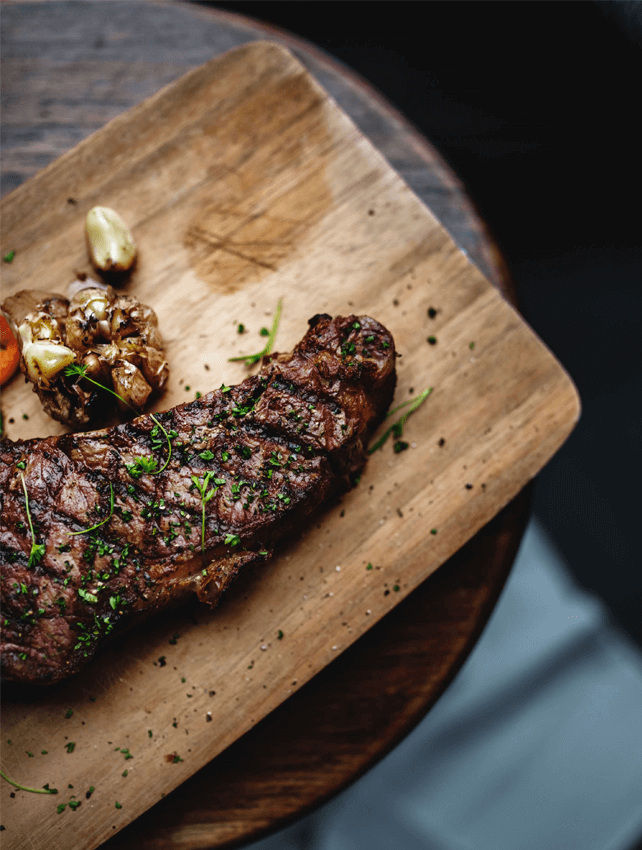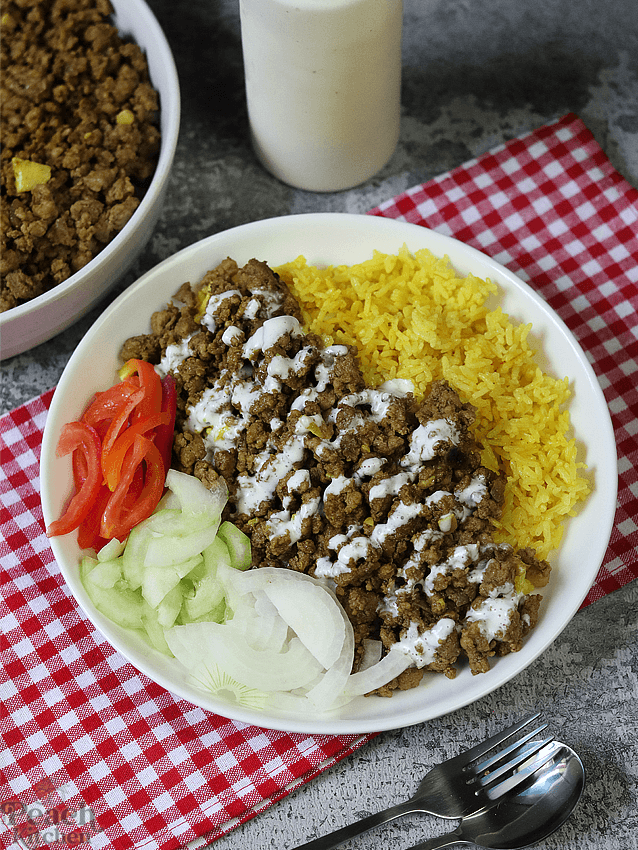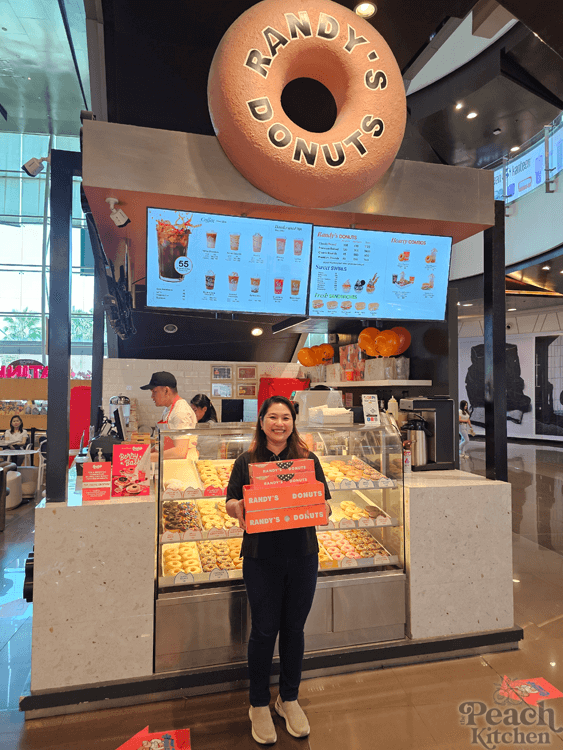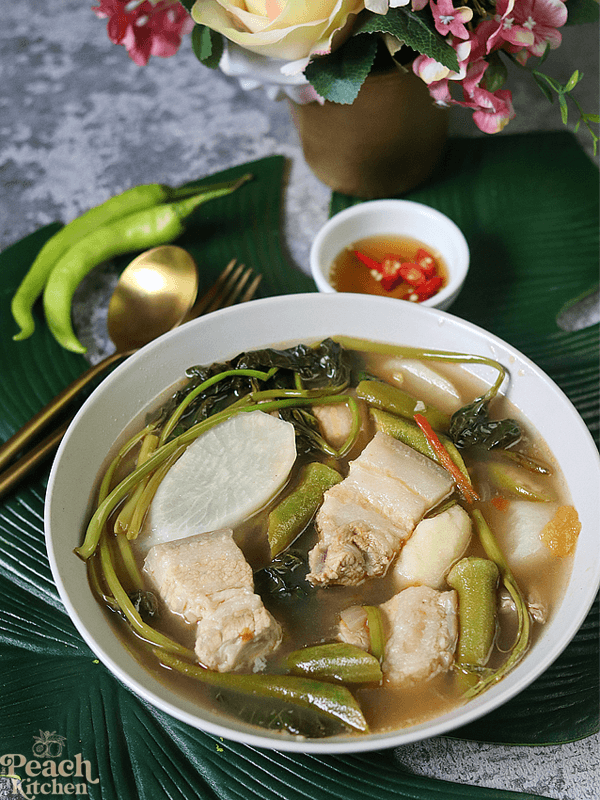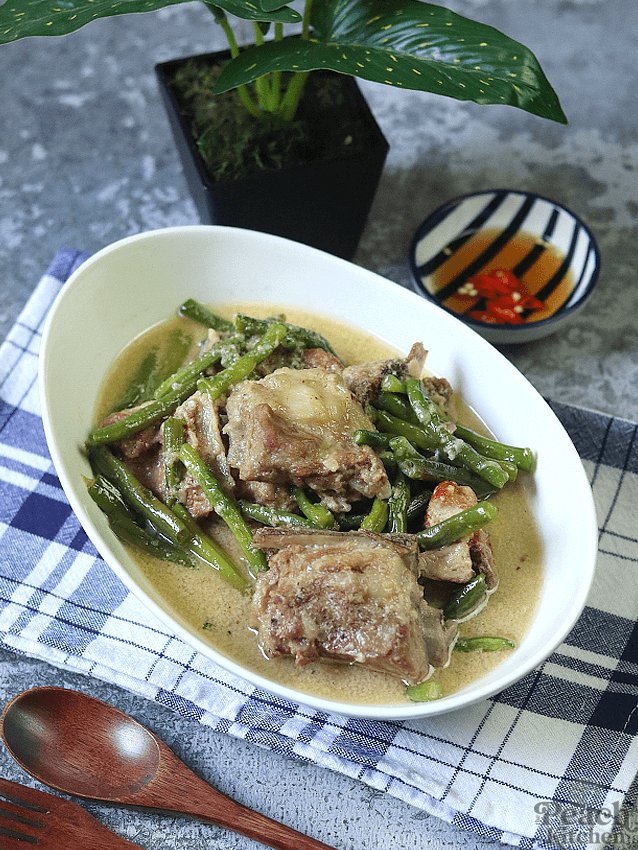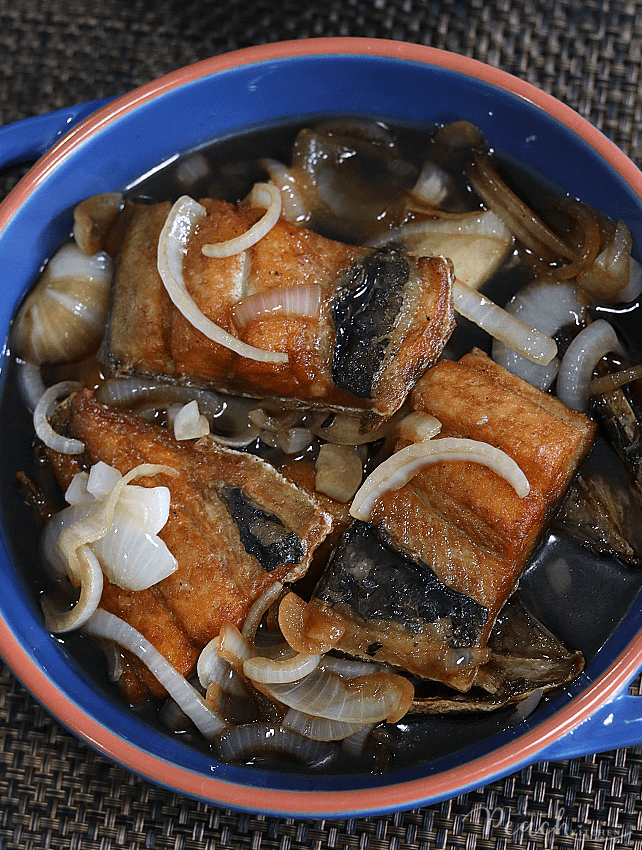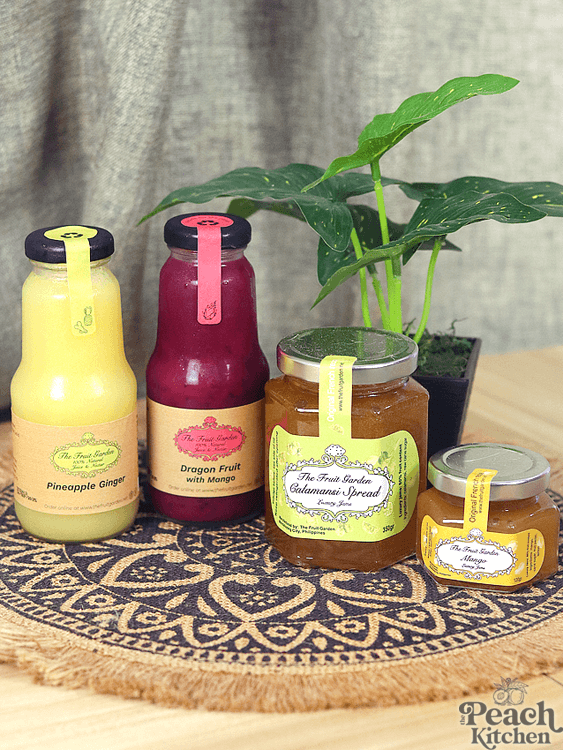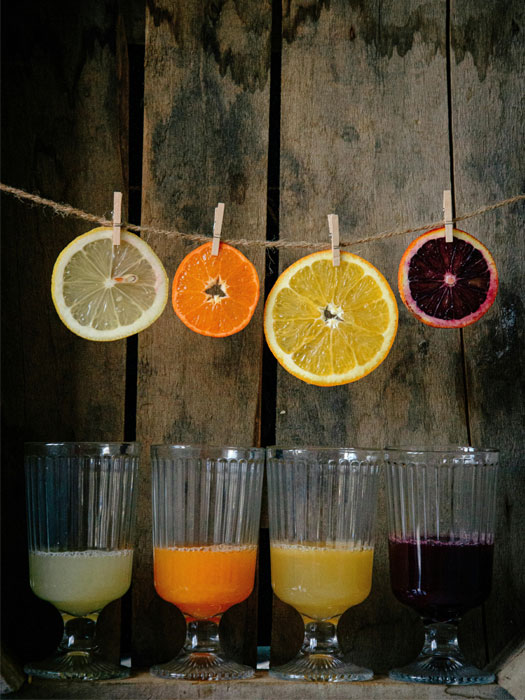Thailand has a rich and unique tea culture with a history spanning centuries. Although often overshadowed by neighboring countries like China and Japan, Thailand’s tea industry has grown in recent years, gaining recognition for its unique flavors and distinctive production methods. One of Thailand’s most notable tea gardens is the Araksa Tea Garden, which offers a fascinating glimpse into the country’s tea culture and traditions.

History of Tea in Thailand
Chinese immigrants introduced tea to Thailand over 1,000 years ago and brought tea plants and the knowledge of how to cultivate them. Over time, tea became an essential part of Thai culture, with tea ceremonies and traditions developing throughout the country.
Thailand’s tea industry faced challenges during the 20th century, including political turmoil and a shift towards coffee production. However, the industry has been experiencing a resurgence recently, with a growing demand for high-quality, artisanal teas.
The Araksa Tea Garden
Located in the Chiang Mai province of northern Thailand, the Araksa Tea Garden is a family-owned and operated tea plantation producing high-quality teas since 2014. The garden covers an area of approximately 25 acres and is surrounded by lush greenery, providing a peaceful and tranquil setting for visitors.
The Araksa Tea Garden is known for its use of traditional production methods, which have been passed down through generations. The tea leaves are carefully hand-picked and processed on-site, using techniques that have remained unchanged for centuries.
The Tea Production Process
At the Araksa Tea Garden, the tea production process begins with carefully selecting the tea leaves. The leaves are chosen based on their size, color, and aroma, with only the best ones used for the tea.
Once the leaves have been harvested, they are brought to the processing area, where they undergo a series of steps to create the final product. The first step is withering, where the leaves are laid out in the sun to dry for several hours. This helps remove excess moisture from the leaves and prepare them for the next stage.
The next step is rolling, where the leaves are carefully rolled by hand to break down the cell walls and release the essential oils. This step is crucial for developing the flavor and aroma of the tea.
After rolling, the leaves are left to ferment for several hours, a process that further enhances the flavor and aroma of the tea. The fermentation process’s length depends on the tea type being produced.
Finally, the leaves are dried in an oven to stop fermentation and lock in flavor and aroma. The finished tea is then sorted and packaged, ready for sale.
Tasting the Tea
Visitors to the Araksa Tea Garden can taste the teas produced on-site, allowing them to experience their unique flavors and aromas. The teas available in the garden include green tea, oolong tea, and black tea, each with its distinct characteristics.
The green tea has a light and refreshing taste, with a delicate aroma and a slightly sweet finish. The oolong tea has a more complex flavor profile, with notes of fruit and honey and a smooth, mellow finish. The black tea is bold and robust, with a rich, malty flavor and a hint of sweetness.
Whether you’re a seasoned tea connoisseur or simply curious about exploring the world of tea, visiting the Araksa Tea Garden will surely be a memorable and enriching experience. So, why not plan a visit to this beautiful tea garden and discover the wonders of Thailand’s tea culture for yourself?




